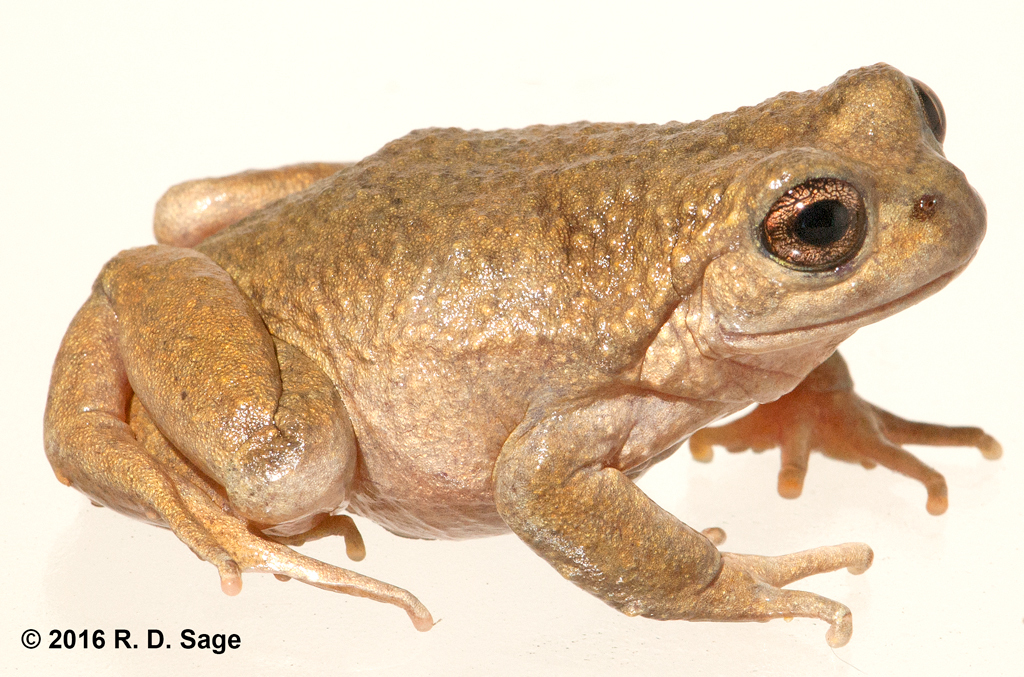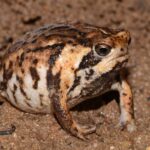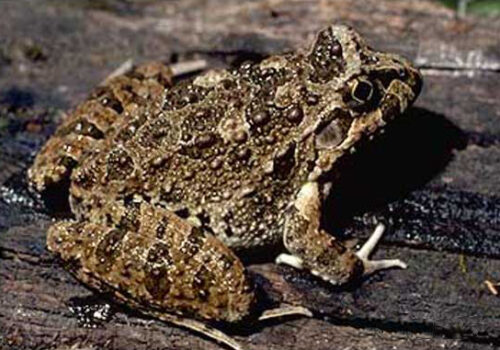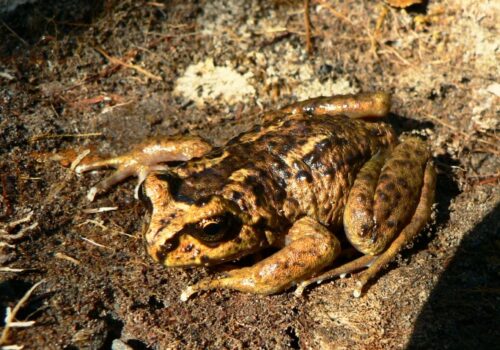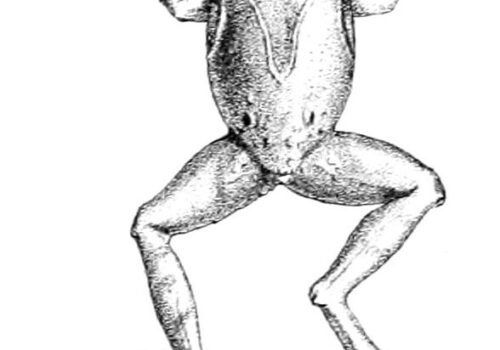- Hidden Gems of Patagonia: The Intriguing Life of Alsodes neuquensis
- Taxonomy and Classification
- Natural Habitat: Patagonia's Secretive Forests
- Physical Characteristics: Survival through Simplicity
- Behavior and Life Cycle: Secretive and Adaptive
- Ecological Role: Vital Links in a Complex Web
- Threats and Conservation Status: Safeguarding the Delicate Frog
- Cultural and Scientific Significance: Guardians of Ecological Knowledge
- Conclusion: A Call to Conservation Action
Hidden Gems of Patagonia: The Intriguing Life of Alsodes neuquensis#
In the lush and rugged landscapes of Patagonia, nestled quietly among ancient forests, crystal-clear streams, and emerald moss-covered rocks, dwells a tiny amphibian whose existence is as mysterious as it is enchanting—a frog known as Alsodes neuquensis. With silent grace and unassuming presence, this species embodies the secretive charm that draws nature enthusiasts into the depth of wild Chilean and Argentine ecosystems. Scientifically identified as Alsodes neuquensis, this frog offers a fascinating glimpse into the adaptive strategies that enable wildlife to persist in challenging environmental conditions.
Have you ever imagined a creature whose very existence signals the health of its ecological surroundings? Indeed, frogs like Alsodes neuquensis are precisely this—critical indicators of environmental wellbeing. Yet, despite the significance they quietly carry, few outside the circle of amphibian enthusiasts and local naturalists have had the privilege to delve into the intricacies of their fascinating biology and intriguing behaviors. Allow yourself now a moment of exploration, venturing into the hidden corners of Patagonia’s temperate forests, guided by the subtle yet resilient spirit of Alsodes neuquensis.
Taxonomy and Classification#
To understand any species in depth, especially one as elusive as Alsodes neuquensis, we must first trace its rightful place within the tree of life. Placed within the Amphibia class, frogs are part of an ancient lineage dating back hundreds of millions of years. Within this class, our featured creature belongs to the family Alsodidae—sometimes referred to as the “Chilean hills frogs.” Alsodes neuquensis was described scientifically by Cei in 1976, joining the small but ecologically important genus Alsodes, a genus that includes several species specialized to survive in the mountainous terrains and mixed deciduous regions of southern South America.
Though closely related to species like Alsodes gargola and Alsodes pehuenche, A. neuquensis maintains a distinct identity shaped by specialized adaptation arising from the isolated habitats it occupies. Decades of ecological pressures have carved its evolutionary path, making it a species uniquely adapted to Patagonia’s multifaceted environmental mosaic.
Natural Habitat: Patagonia’s Secretive Forests#
The Alsodes neuquensis finds its sanctuary tucked discreetly within maritime temperate forests, montane woodlands, and secluded freshwater courses of southern Chile and Argentina. Departing from open plains favored by other amphibians, these frogs prefer shady, moist areas cloaked under dense vegetation, where moisture and temperature remain relatively constant throughout the year.
Characteristically found in streamside habitats, damp moss-covered rocks, fallen tree trunks, and leaf litter beds create perfect hiding and breeding grounds for A. neuquensis. The streams they favor tend to be slow-running waters, crystalline and cool even in summer, trickling through steep slopes and moss-shrouded ravines. These waters are regularly fed by melting snow or high-altitude rainfall, keeping habitats securely humid and supporting a rich variety of aquatic invertebrates, which in turn sustain frog populations year after year.
A Fragile Balance: Interacting with Their Environment#
Within its niche, Alsodes neuquensis exemplifies a delicate balance, perfectly aligning lifestyle and habitat. The presence of these frogs within any area is indicative of a healthy, uncontaminated habitat. They are notoriously sensitive to ecological shifts, such as changes in water quality, air or soil contamination, and temperature fluctuations—making them quintessential bioindicators for evaluating ecosystem health.
Every subtle movement, every hum of forest insects, gentle drips of moisture from leaves, plays a role in this frog’s sensory-driven world. Even minor changes in their environment profoundly influence their abundance, distribution, and survival rate. Thus, to fully appreciate the uniqueness and ecological roles of this species forces us to view Patagonia’s ecosystem from the perspective of this delicate amphibian, connecting us intimately to its surrounding natural rhythms.
Physical Characteristics: Survival through Simplicity#
With an understated elegance befitting their elusive charm, Alsodes neuquensis individuals measure typically between 30 to 50 millimeters in length. Their small stature perfectly adapts to the dense understory and leaf-litter camouflage of their habitats. The coloration of these frogs frequently includes muted earth-toned patterns—subtle shades of olive, grey, brown, and green predominating. These colors masterfully mimic the damp shadowed surroundings, creating a near-perfect camouflage that conceals them from predators.
The texture of their skin is subtly rough, scattered with granules, and marked occasionally by tiny warts that influence their camouflage capabilities further. Webbing between their toes is slight, adapted to their life partially in and near watercourses, yet still proficient for terrestrial locomotion in dense woodland undergrowth.
An attentive observer will appreciate their distinctively deep, expressive eyes. Solemn and reflective, these organs sense the profound danger surrounding such a vulnerable amphibian, highlighting the significant evolutionary importance of visual adaptation in dense, shadowy habitats.
Behavior and Life Cycle: Secretive and Adaptive#
The behavior of Alsodes neuquensis remains subtle and refined by necessity. Predominantly nocturnal, individuals emerge from daytime shelters beneath damp logs or leaf litter as dusk falls, cautiously approaching the cool and quiet waters of forest streams to hunt. They primarily feed on insects, small invertebrates, and larvae thoughtfully gleaned from vegetation, stone crevices, or the streambed itself.
But perhaps most captivating about these frogs is the seasonality of their reproductive behavior. The calls of males resonate rather subtly, blending almost imperceptibly with the quiet trickle of the stream or rustling of leaves. Females are attracted by these gentle vocalizations, which signal not only suitable males but ideal, well-preserved reproductive habitats.
A Delicate Transition: From Egg to Froglet#
Alsodes neuquensis lays clusters of gelatinous eggs that cling lightly to submerged rocks or vegetation in slow-moving, clear streams. Tadpoles emerge and thrive in these aquatic microhabitats, delicately balanced between predator safety and nutrient availability. Metamorphosis to froglets marks a critical transformation, marking their first movements onto terrestrial habitats where their survival strategies shift profoundly.
Ecological Role: Vital Links in a Complex Web#
Functioning as both predator and prey, Alsodes neuquensis occupies an integral role within its ecological tapestry. Its predatory characteristics aid in controlling insect populations, thereby subtly harmonizing the rich biodiversity of Patagonia’s understory and freshwater communities.
Conversely, these frogs serve as prey for birds, snakes, and larger predatory insects or arachnids, solidifying their crucial intermediary position in forest food webs. Their survival is part of a foundational structure that helps maintain ecological equilibrium.
Threats and Conservation Status: Safeguarding the Delicate Frog#
Although precise population assessments remain challenging, conservation biologists increasingly recognize the vulnerability of amphibians like A. neuquensis, classifying them within sensitive or potentially threatened categories. The main threats to this species include habitat degradation caused by deforestation, logging practices, water pollution, and recently emerging diseases such as chytridiomycosis—all significant challenges to amphibian biodiversity worldwide.
Increasing urbanization, tourism, and invasive species also pose threats, disrupting the delicately balanced ecosystems required by these frogs. Therefore, conservation efforts often focus intensely on habitat protection, reducing pollution, and scientific monitoring that ensures the survival of these quietly charismatic amphibians.
Cultural and Scientific Significance: Guardians of Ecological Knowledge#
While perhaps not widely known in traditional folklore, these frogs are emblematic of wild Patagonia itself—they represent the purity, wonder, and ecological fragility of their habitats. For scientific inquiry, A. neuquensis reveals insights into ecosystem health and climate adaptability, making them compelling study subjects in amphibian biology, ecology, and conservation science.
Conclusion: A Call to Conservation Action#
Understanding and protecting species like Alsodes neuquensis extends beyond simple curiosity—it reflects a profound commitment to the preservation of life’s intricate balance. As nature stewards and wildlife enthusiasts, it becomes our privilege and duty alike to maintain habitats that support this extraordinary frog.
As we explore the hidden forest glens and shaded streambeds of Patagonia, we must embrace the call to action posed by the subtle song of the Alsodes neuquensis. Together, let us ensure these cherubic amphibians continue to echo within pristine forests, quietly reminding us of the disappearing world sometimes too easily overlooked.

